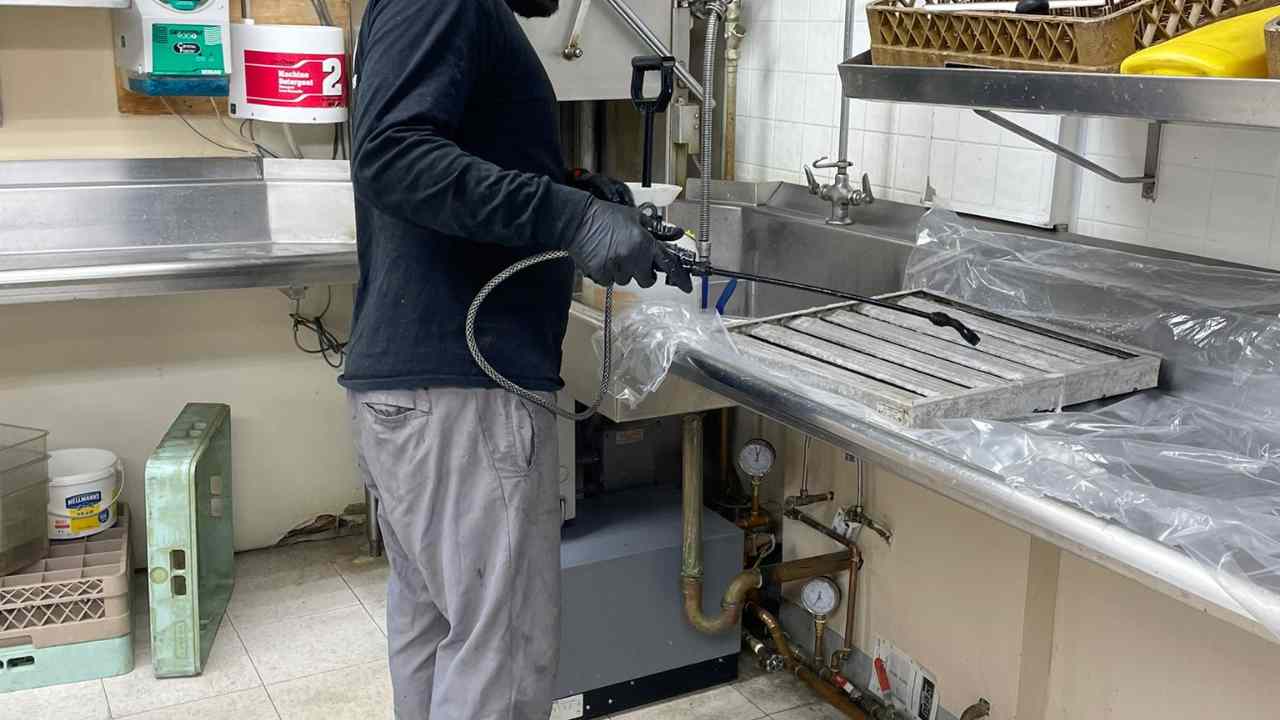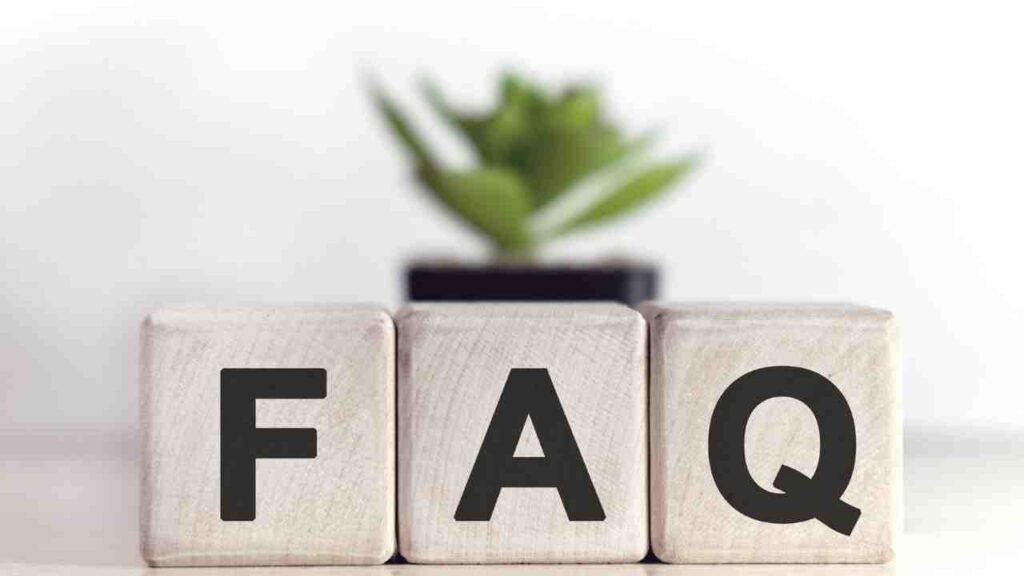Guidelines for Kitchen Exhaust Cleaning

Ontario-wide Kitchen Exhaust and Hood Cleaning – Best prices and service guaranteed.
Kitchen exhaust cleaning is an essential maintenance task that ensures the safety and efficiency of commercial kitchens. Neglecting this crucial aspect can lead to a variety of issues, including fire hazards, poor air quality, and decreased equipment performance. In this article, we will explore the guidelines for kitchen exhaust cleaning, providing valuable insights and practical tips for maintaining a clean and safe kitchen environment.
The Importance of Kitchen Exhaust Cleaning
Before delving into the guidelines, it is crucial to understand why kitchen exhaust cleaning is so important. The kitchen exhaust system plays a vital role in removing smoke, grease, and other airborne contaminants from the cooking area. Over time, these substances accumulate in the exhaust system, forming a thick layer of grease known as “grease buildup.”
Grease buildup poses several risks:
- Fire Hazard: Grease is highly flammable, and a buildup of it in the exhaust system can easily ignite, leading to a dangerous fire.
- Poor Air Quality: When the exhaust system is clogged with grease, it cannot effectively remove smoke and other pollutants from the kitchen. This can result in poor air quality, which can be harmful to both employees and customers.
- Decreased Equipment Performance: A clogged exhaust system can hinder the performance of kitchen equipment, such as range hoods and exhaust fans. This can lead to increased energy consumption and decreased efficiency.
Ontario-wide Kitchen Exhaust and Hood Cleaning – Best prices and service guaranteed.
Given these risks, regular kitchen exhaust cleaning is essential to maintain a safe and healthy kitchen environment.
Guidelines for Kitchen Exhaust Cleaning
Now that we understand the importance of kitchen exhaust cleaning, let’s explore the guidelines for maintaining a clean and efficient exhaust system:
1. Establish a Cleaning Schedule
Creating a regular cleaning schedule is the first step in ensuring that your kitchen exhaust system remains clean and functional. The frequency of cleaning depends on the volume of cooking and the type of food being prepared. High-volume kitchens may require more frequent cleaning, while low-volume kitchens can have longer intervals between cleanings.
It is recommended to consult local fire codes and regulations to determine the specific cleaning requirements for your area. These regulations often provide guidelines on the frequency of cleaning based on the type of establishment and cooking operations.
Ontario-wide Kitchen Exhaust and Hood Cleaning – Best prices and service guaranteed.
2. Hire Professional Exhaust Cleaners
While regular maintenance tasks can be performed by kitchen staff, it is advisable to hire professional exhaust cleaners for a thorough cleaning. Professional cleaners have the expertise, equipment, and knowledge to effectively remove grease buildup from the entire exhaust system.
When hiring a professional exhaust cleaner, ensure that they are certified and experienced in kitchen exhaust cleaning. Request references and check their reputation in the industry. A reputable cleaner will provide a detailed report after each cleaning, documenting the areas cleaned and any issues identified.
3. Clean all Components of the Exhaust System
A comprehensive kitchen exhaust cleaning should include the cleaning of all components of the exhaust system. This includes the range hood, exhaust fan, ductwork, and exhaust vents. Neglecting any of these components can lead to incomplete cleaning and potential fire hazards.
During the cleaning process, all removable parts of the exhaust system, such as filters and grease cups, should be thoroughly cleaned and degreased. The ductwork should be inspected for any signs of damage or blockage and cleaned using specialized tools.
Ontario-wide Kitchen Exhaust and Hood Cleaning – Best prices and service guaranteed.
4. Use Proper Cleaning Techniques and Products
When cleaning the kitchen exhaust system, it is essential to use proper techniques and products to ensure the effective removal of grease buildup. High-pressure steam cleaning is a commonly used technique that effectively removes grease and other contaminants.
It is important to use cleaning products that are specifically designed for kitchen exhaust cleaning. These products are formulated to break down grease and remove stubborn stains without causing damage to the system. Avoid using harsh chemicals or abrasive materials that can corrode or scratch surfaces.
Ontario-wide Kitchen Exhaust and Hood Cleaning – Best prices and service guaranteed.
5. Maintain Documentation
Keeping detailed documentation of all kitchen exhaust cleanings is crucial for compliance with fire codes and regulations. Maintain records of cleaning schedules, cleaning reports provided by professional cleaners, and any maintenance or repairs performed on the exhaust system.
These records not only demonstrate your commitment to safety but also serve as evidence of compliance during inspections by fire marshals or health departments.
Ontario-wide Kitchen Exhaust and Hood Cleaning – Best prices and service guaranteed.
Kitchen exhaust cleaning is a critical maintenance task that ensures the safety and efficiency of commercial kitchens. Neglecting this aspect can lead to fire hazards, poor air quality, and decreased equipment performance. By following the guidelines outlined in this article, including establishing a cleaning schedule, hiring professional exhaust cleaners, cleaning all components of the exhaust system, using proper techniques and products, and maintaining documentation, you can maintain a clean and safe kitchen environment.
Regular kitchen exhaust cleaning not only reduces the risk of fire but also improves air quality, enhances equipment performance, and ensures compliance with fire codes and regulations. By prioritizing kitchen exhaust cleaning, you are investing in the safety and success of your commercial kitchen.
Learn more about “Standards for Kitchen Exhaust Cleaning” here.
Frequently asked questions about Guidelines for Kitchen Exhaust Cleaning.

What are the guidelines for kitchen exhaust cleaning?
Kitchen exhaust cleaning guidelines include:
Frequency: Regular cleaning should be scheduled based on factors like cooking volume and the type of food prepared.
Certification: Choose certified professionals who adhere to industry standards and regulations.
Comprehensive Cleaning: Ensure cleaning covers hoods, ducts, fans, and filters to remove grease buildup.
Safe Chemicals: Use appropriate and non-toxic cleaning agents to prevent contamination.
Fire Safety: Regular cleaning reduces fire hazards caused by grease accumulation.
Following these guidelines ensures a safe and clean kitchen environment. 🍳🧽🔥
Why is it important to adhere to kitchen exhaust cleaning guidelines? 🏭🔥
Adhering to kitchen exhaust cleaning guidelines is crucial for several reasons:
Fire Prevention: Grease buildup can lead to dangerous kitchen fires.
Health & Hygiene: Clean exhaust systems prevent contamination and maintain air quality.
Regulatory Compliance: Many jurisdictions mandate regular cleaning to ensure safety.
Energy Efficiency: Clean systems operate more efficiently, saving energy and costs.
Longevity: Proper maintenance extends the life of kitchen equipment.
Following guidelines ensure a safe, healthy, and compliant kitchen environment. 🏭🔥🧽
How can businesses ensure effective compliance with kitchen exhaust cleaning guidelines? 🍔🏢
To ensure effective compliance with guidelines, businesses can take these steps:
Hire Certified Professionals: Choose certified cleaning professionals with knowledge of regulations.
Schedule Regular Cleanings: Develop a cleaning schedule based on cooking volume and type.
Documentation: Maintain records of cleanings and inspections for compliance verification.
Quality Checks: Inspect cleaned areas to confirm thoroughness.
Stay Informed: Stay updated on local regulations and industry best practices.
By prioritizing compliance and proper maintenance, businesses ensure a safe kitchen environment. 🍔🏢📋
What are the consequences of not following kitchen exhaust cleaning guidelines? ⚠️🔥
Not following kitchen exhaust cleaning guidelines can lead to severe consequences:
Fire Hazard: Grease buildup increases the risk of kitchen fires.
Health Concerns: Contaminated air affects indoor air quality, posing health risks.
Regulatory Penalties: Non-compliance with regulations can lead to fines and legal action.
Operational Issues: Clogged systems reduce equipment efficiency and increase energy costs.
Reputation Damage: Poor hygiene negatively impacts a business’s reputation.
Adhering to guidelines avoids these risks and ensures safety and compliance. ⚠️🔥🛡️
What role do kitchen staff and management play in maintaining kitchen exhaust cleaning guidelines? 👨🍳👩💼
Both kitchen staff and management have essential roles in maintaining kitchen exhaust cleaning guidelines:
Staff Education: Educate staff about proper cooking practices to minimize grease buildup.
Reporting Issues: Promptly report any grease buildup or system issues to management.
Scheduled Cleanings: Adhere to cleaning schedules and provide access to cleaning professionals.
Monitoring: Management ensures cleaning schedules are followed and maintains documentation.
Compliance Training: Provide staff with training on the importance of guidelines and their role.
By working together, staff and management contribute to a safe and compliant kitchen environment. 👨🍳👩💼🍽️
- Guidelines for Kitchen Exhaust Cleaning
- hood cleaning
- kitchen exhaust cleaning
- restaurant hood cleaning







